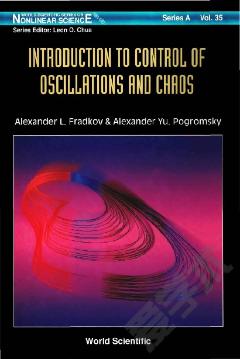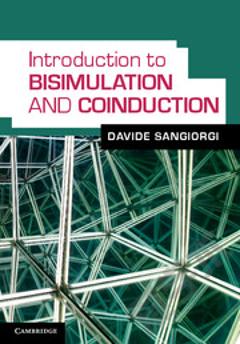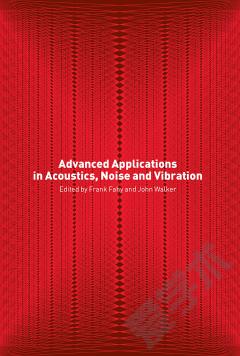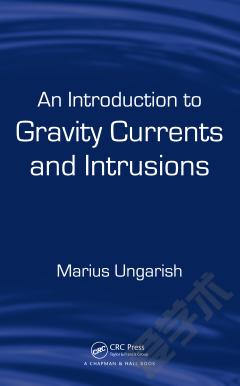Introduction to Random Signals and Noise
Random signals and noise are present in many engineering systems and networks. Signal processing techniques allow engineers to distinguish between useful signals in audio, video or communication equipment, and interference, which disturbs the desired signal. With a strong mathematical grounding, this text provides a clear introduction to the fundamentals of stochastic processes and their practical applications to random signals and noise. With worked examples, problems, and detailed appendices, Introduction to Random Signals and Noise gives the reader the knowledge to design optimum systems for effectively coping with unwanted signals. Key features: ⢠Considers a wide range of signals and noise, including analogue, discrete-time and bandpass signals in both time and frequency domains. ⢠Analyses the basics of digital signal detection using matched filtering, signal space representation and correlation receiver. ⢠Examines optimal filtering methods and their consequences. ⢠Presents a detailed discussion of the topic of Poisson processed and shot noise.
{{comment.content}}








 京公网安备 11010802027623号
京公网安备 11010802027623号